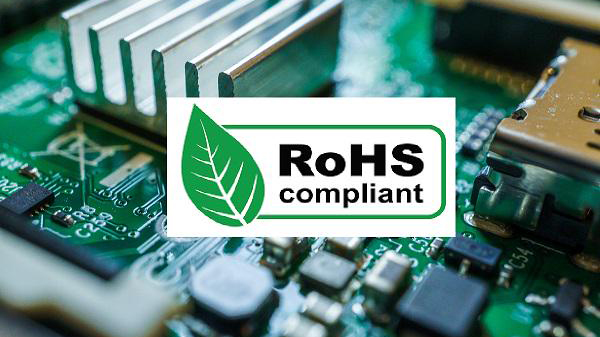RoHS Lead Free
What is RoHS?
RoHS, which stands for "Restriction of Hazardous Substances," is a regulation designed to safeguard human health and the environment. It focuses on restricting harmful substances in electrical and electronic manufacturing to enhance safety across all stages of production.

The EU RoHS2 directive (2011/65/EU) lists the following restricted substances:
Lead
Mercury
Cadmium
Hexavalent chromium
PBB - Polybrominated biphenyls (fire retardants or plasticizers)
PBDE - Polybrominated diphenyl ethers (fire retardants)
Directive (EU) 2015/863 added 4 more plasticizers:
DEHP - Bis (2-ethylhexyl) phthalate
BBP - Benzyl butyl phthalate
DBP - Dibutyl phthalate
DIBP - Diisobutyl phthalate
The RoHS directive sets limits on the proportion of these 10 substances in all homogeneous materials of electrical and electronic equipment. The content of each of these substances in homogeneous materials must not exceed 0.1% by weight, and the cadmium content must not exceed 0.01%.
What is the Significance of RoHS Compliance and Lead-Free PCBs?
The RoHS, also known as the Lead-Free Directive, is a comprehensive set of regulations established by the European Union to curb environmental pollution caused by electronic and electrical waste (e-waste). The presence of even trace amounts of these hazardous substances can pose significant risks to both flora and fauna, contaminating ecosystems and endangering occupational health.
RoHS coordinates with the Waste Electrical and Electronic Equipment (WEEE) Directive. While RoHS focuses on restricting the use of harmful substances in the manufacturing of electrical and electronic equipment (EEE), WEEE governs the proper disposal of these products at the end of their lifespan. Non-compliance with RoHS regulations can have severe consequences for companies, including disruptions to operations and financial penalties.
In PCB industry, even laminates must adhere to RoHS compliance standards, which highlights the growing commitment to minimizing the environmental impact of electronic products throughout their entire lifecycle.
Key Benefits of RoHS Compliance:
Environmental Protection:
- Reduces or eliminates lead contamination in soil, air, and water, safeguarding wildlife and public health.
- Facilitates safer recycling of EEE, leading to less electronic waste and a more sustainable use of precious resources.
Worker Health and Safety:
- Protects workers involved in PCB assembly and recycling from the adverse health effects of lead exposure, including headaches, reduced fertility, and neurological damage.
- Safeguards children and other vulnerable populations living near electronics manufacturing facilities.
Market Access:
- Ensures compliance with environmental regulations in the EU and other regions that have adopted similar standards.
- Opens up access to lucrative markets that demand RoHS-compliant products.
- Transitioning to RoHS-compliant manufacturing practices is not only an environmental imperative but also a smart business decision. By prioritizing sustainability and worker well-being, companies can gain a competitive edge and contribute to a healthier planet.

Does RoHS affect the quality of PCBs?
While the RoHS directive isn't a quality benchmark, it has significantly influenced the way printed PCBs are fabricated. One key aspect of RoHS is the restriction of lead in solder.
Higher lead-free soldering temperatures led to advancements in PCB materials. Traditional FR-4 couldn't handle the heat, so new formulations were developed to withstand higher temperatures without reducing product longevity.
This is just one example of how RoHS has driven innovation in PCB manufacturing. While the focus of RoHS is environmental responsibility, it has also spurred the development of more robust and reliable PCBs.



